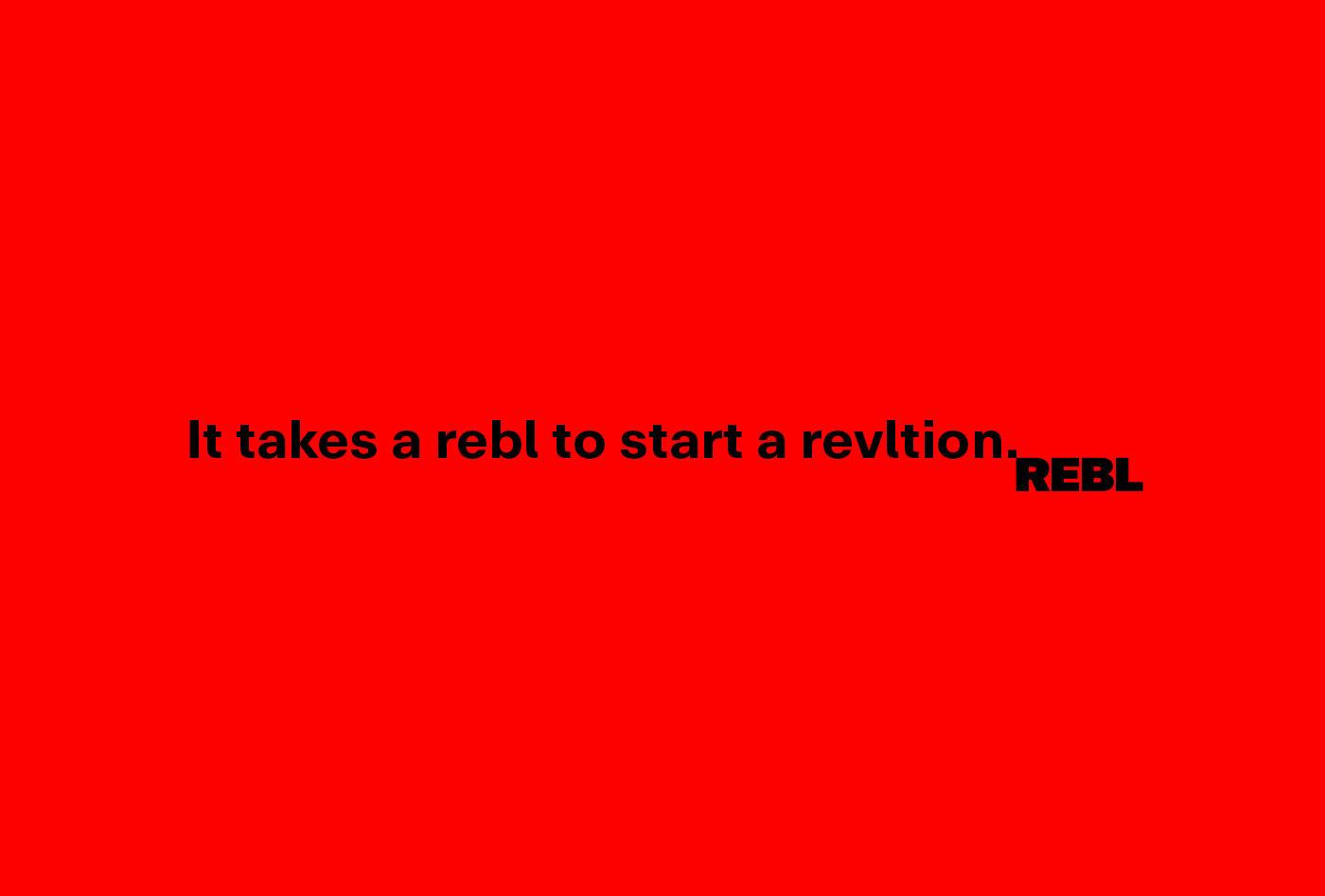WCAG 2.2 is coming, start preparing for it!
WCAG 2.2 has been on the way for a while now, but the release has been postponed a few times. Currently, the release is planned for the third quarter of this year. Although I have been waiting for the new criteria for a long time, as an accessibility expert I appreciate that the new criteria are not created in a hurry. It is important that the criteria that come with the new version are as clear and understandable as possible before publication. Only then can the criteria stand the test of time. The working group’s current hope is that the criteria themselves will not require any further changes. Updates to the documentation to support understanding of the criteria will continue.
WCAG 2.2 introduces one change to the current 2.1 version. Criterion 4.1.1 Presentation will be removed. The need for this criterion has been discussed for some time. The criterion was created at a time when parsing errors in browsers and assistive technologies were still very poorly handled. But specifications such as HTML and browsers have improved their handling of parsing errors. Assistive technologies also now rely on the browser instead of parsing their own entries. So this criterion as such is no longer necessary. They have also posted information on this decision in the WCAG 2 FAQ.
What changes will WCAG 2.2 bring?
Nine new criteria are planned for WCAG 2.2. The criteria focus mainly on visual and technical issues. If the criteria do not change any further, here is a summarized list of the upcoming changes. If you are interested in getting updates on the progress, check out What’s New in WCAG 2.2 Draft on W3C Web Accessibility Initiative website.
Five new criteria under the principle of Operable
Under the Guideline 2.4 Navigable, three new criteria will be added. One level AA criterion and two level AAA criteria. This guideline focuses on providing users with ways to navigate, find content and determine where they are on the page. Criteria 2.4.11 and 2.4.12 ensure that the element focus is not obscured. Criterion 2.4.13 introduces more requirements to the focus styles and aims to ensure that the focus style is sufficiently visible.
Under the Guideline 2.5 Input Modalities, two new level AA criteria are added. The purpose of this guideline is to make it easier for users to use functions with inputs other than the keyboard. Criterion 2.5.7 ensures that drag and drop operations can also be performed with, for example, single mouse clicks. Criterion 2.5.8 ensures that objects such as links and buttons are of sufficient size. Criterion 2.5.8 now brings the size requirement to the AA level, whereas at the AAA level this was already covered in WCAG 2.1 by criterion 2.5.5.
Four new criteria under the principle of Understandable
Under the Guideline 3.2 Predictable, one new criterion is added at A level. This guideline aims to make websites predictable in terms of both visibility and functionality. Criterion 3.2.6 aims to ensure that on-site help functions such as contact details or automated contact mechanisms such as chatbots occur in the same relative order to other page content. The criterion does not require that any help functions are used. But it does require that the requirements are met if help functions are provided.
Under the Guideline 3.3 Input Assistance, three new criteria are added, one for each level. This guideline aims to help users avoid and correct errors. Criterion 3.3.7 focuses on ensuring that users do not have to re-enter information they have already entered once. Criteria 3.3.8 and 3.3.9 focus on ensuring that logging into systems is accessible and does not require a test of cognitive functions, such as memorizing a password or solving a puzzle.
When will WCAG 2.2 become a requirement?
Unfortunately, I don’t have a real answer to this question right now. But WCAG 2.2 will not be a legal requirement immediately after it’s published. Discussions at EU level have shown a willingness to make the new requirements part of the legal requirements as soon as possible. But it remains to be seen what kind of timeframes are actually being discussed with this. This will certainly be clarified, but probably not before the new version of the criteria is published.
To ensure that your site remains WCAG-compliant also when the new version becomes law, it is worth starting to prepare in advance. But it is still worth waiting until WCAG 2.2 is actually published. Because while it is hoped that the content of the criteria will not change, the content of the criteria is not locked. So, for example, you cannot yet specify in the accessibility statement that a site is WCAG 2.2 compliant.
If you wonder whether or not your current site will be WCAG 2.2 compliant, contact us! We’d be happy to do an accessibility audit once the criteria are published!
Thoughts by




